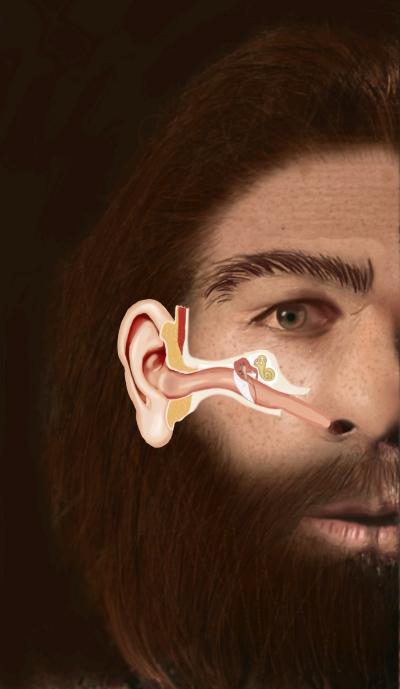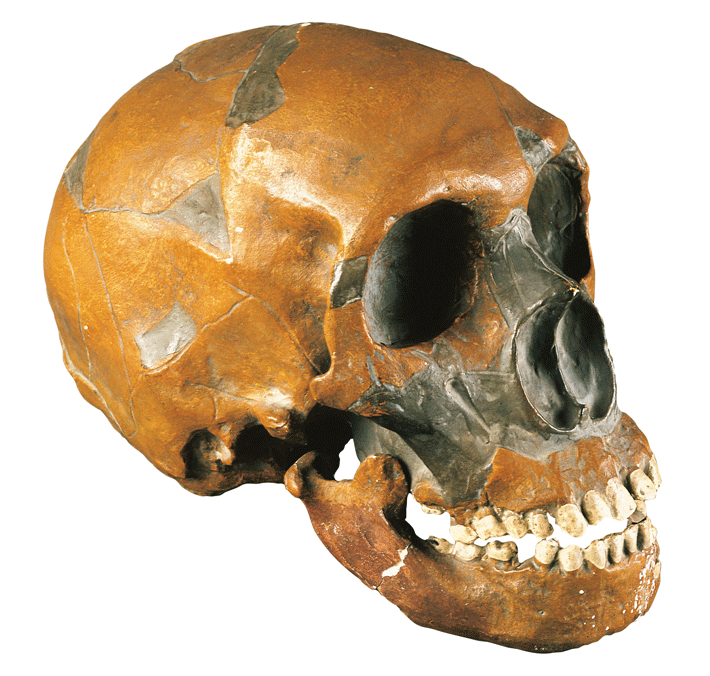
BROOKLYN, NEW YORK—Researchers from SUNY Downstate Health Sciences University suggest that the structure of Neanderthals’ ears could have contributed to their extinction. Eustachian tubes are cartilaginous structures connecting the middle ear to the upper throat and the back of the nasal cavity. The team of physical anthropologists and head and neck anatomists found that Neanderthal Eustachian tubes had a flat angle resembling the Eustachian tubes of modern human infants. Middle ear infections are common among young children today because this flat angle is prone to trapping bacteria in the tube. But by the age of five, the tubes lengthen and the angle becomes more acute, allowing the ear to drain. It appears, however, that the lifelong flat angle of Neanderthal Eustachian tubes left the hominins susceptible to ear infections and complications such as respiratory infections, hearing loss, pneumonia, and chronic health problems that could have made it difficult to compete for survival. For more, go to "Neanderthal Fashion Statement."










